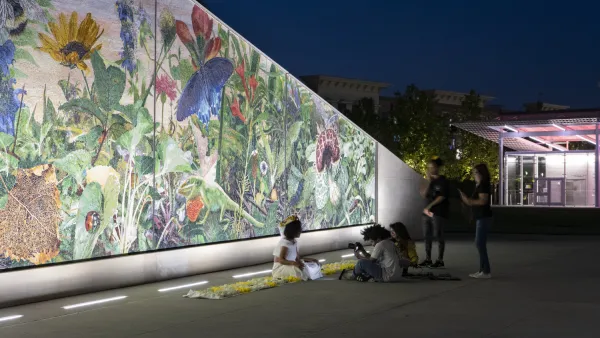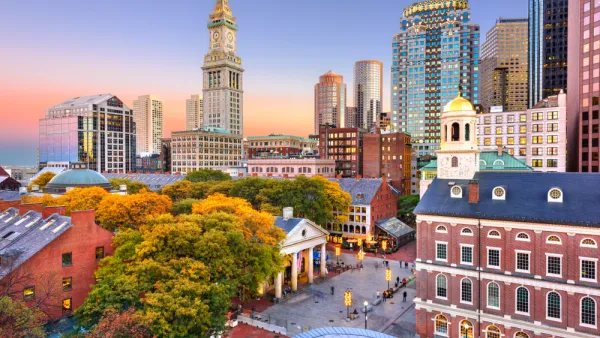In the first entry in a series exploring the connection between the processes and products of Placemaking and city governance, PPS explores how "Place Governance" can increase leadership, equity, and cohesion among citizens.
"Place Governance" is what the Project for Public Spaces (PPS) calls the citizen-centered model for "[solving] human problems with design solutions" that's begun to emerge around placemaking in cities around the world. "In Place Governance," the essay contends, "officials endeavor to draw more people into the civic decision-making process." And, "by positioning public spaces at the heart of action-oriented community dialog," this process can lead to a shift in thinking about citizenship by "re-framing [it] as an on-going, creative collaboration between neighbors."
"If the dominant framework for understanding citizenship today is passive, with citizens ‘receiving’ government services and being ‘given’ rights, then we need to develop affirmative cultures around citizen action," says PPS. To create stronger cities through economic development and community cohesion, citizen action cannot be limited to engagement. "You need civic engagement plus the belief that you can make a difference in order for it to create greater attachment," adds Katherine Loflin, who has studied the topic for the Knight Foundation’s Soul of the Community Study.
"Equitable places are not given, they are made, collaboratively," concludes PPS. "Everyone has a part to play, from the top down, and from the bottom up."
Editor's Note: For more reading on this subject see a master's thesis, titled "The effects of participatory practices on the processes and products of architecture and urban design", that's collecting dust on a shelf at the UCLA library (wink, wink).
FULL STORY: Stronger Citizens, Stronger Cities: Changing Governance Through a Focus on Place

National Parks Layoffs Will Cause Communities to Lose Billions
Thousands of essential park workers were laid off this week, just before the busy spring break season.

Retro-silient?: America’s First “Eco-burb,” The Woodlands Turns 50
A master-planned community north of Houston offers lessons on green infrastructure and resilient design, but falls short of its founder’s lofty affordability and walkability goals.

Delivering for America Plan Will Downgrade Mail Service in at Least 49.5 Percent of Zip Codes
Republican and Democrat lawmakers criticize the plan for its disproportionate negative impact on rural communities.

Test News Post 1
This is a summary

Test News Headline 46
Test for the image on the front page.

Balancing Bombs and Butterflies: How the National Guard Protects a Rare Species
The National Guard at Fort Indiantown Gap uses GIS technology and land management strategies to balance military training with conservation efforts, ensuring the survival of the rare eastern regal fritillary butterfly.
Urban Design for Planners 1: Software Tools
This six-course series explores essential urban design concepts using open source software and equips planners with the tools they need to participate fully in the urban design process.
Planning for Universal Design
Learn the tools for implementing Universal Design in planning regulations.
EMC Planning Group, Inc.
Planetizen
Planetizen
Mpact (formerly Rail~Volution)
Great Falls Development Authority, Inc.
HUDs Office of Policy Development and Research
NYU Wagner Graduate School of Public Service




























